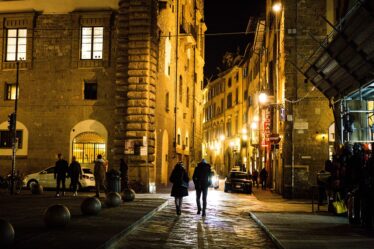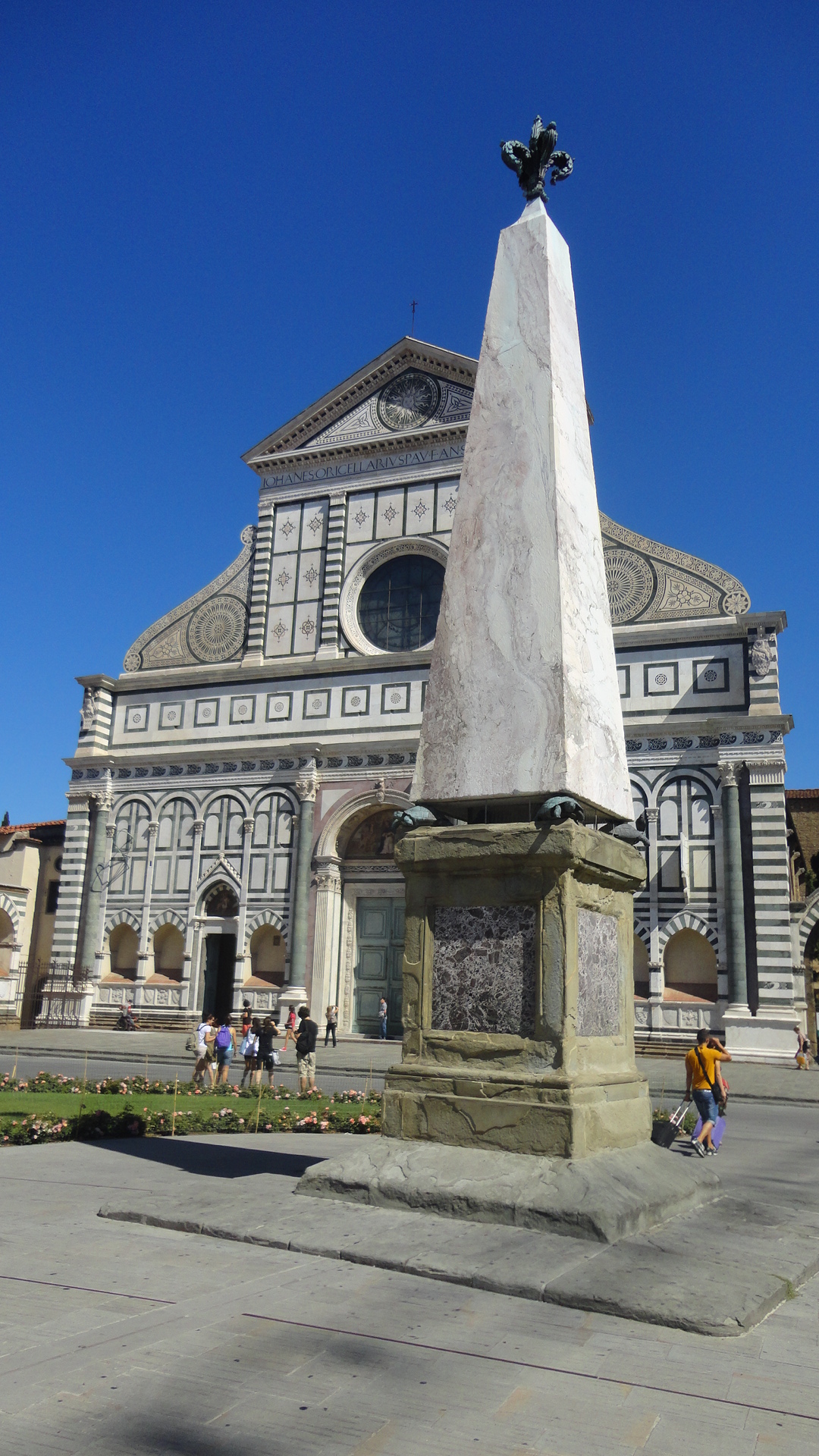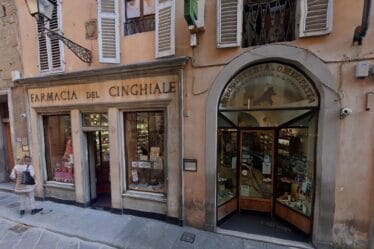
Once deliberated to move against the enemy, the Florentine government used to order public prayers, and Martinella was played night and day, which was a bell, also called Bellifera for its connection with the war events, located in the arc of the door Saint Mary. This door, which gives its name to the current via Por Santa Maria, closed the first walls of Florence in the direction of the Ponte Vecchio, and was at the height of the current loggia of the new market (or Porcellino).
However, when the Florentine army came out in battle, the bell was hoisted on a sacred wagon, the Carroccio. This was a carrier painted in red, pulled by a cuple of oxen covered by Gualdrappa also red, and besides the Martinella, an antenna on which the banks of the city waved. Given that the signs of the Republic was trasported, losing the Carroccio in battle was judged a great dishonor and, therefore, all the most valiant warriors of the city were willing to fight around the sacred wagon. The army that lost the Carroccio, however, was therefore so demoralized that it was won. A chaplain celebrated mass on an altar that stood on the front of the cart.
This always advanced in the midst of the files of the fighters, who lent ear to the trumpeters who, sitting on the back of the altar, gave the signs of assault, collection or retreat. There is news of the use of the Carroccio in Florence at least from 1230, when the Florentine army moved to Siena with this appliance. The Carroccio Fiorentino fell into the hands of the Sienese during the battle of Montaperti of 1260, and from that era they no longer replaced it with another.
The Carroccio was not only served as the republic of the republic during military shipments: it was also used as a sign of distinction to go out to meet personalities visiting Florence. The most gluttonous curiosity about the carroccio is that this chariot settled in the place where the new market was subsequently erected. In particular, in memory of the exact point where it was hospitalized, a round slab of white and black marbles was installed in the form of a wheel, which was used as a place of punishment of the failed. During a characteristic ceremony, these were beaten naked on the slab, which took the name of “Scandal Stone” for this.
If you like this story come with us we are running a Florence free tour that start from Santa Maria Novella square, in front of Minerva hotel. Our professional tour guide, only official tour guide of Florence are glad to show the best of our city. Come with us to discover the magic of Florence, book your tour and come.



